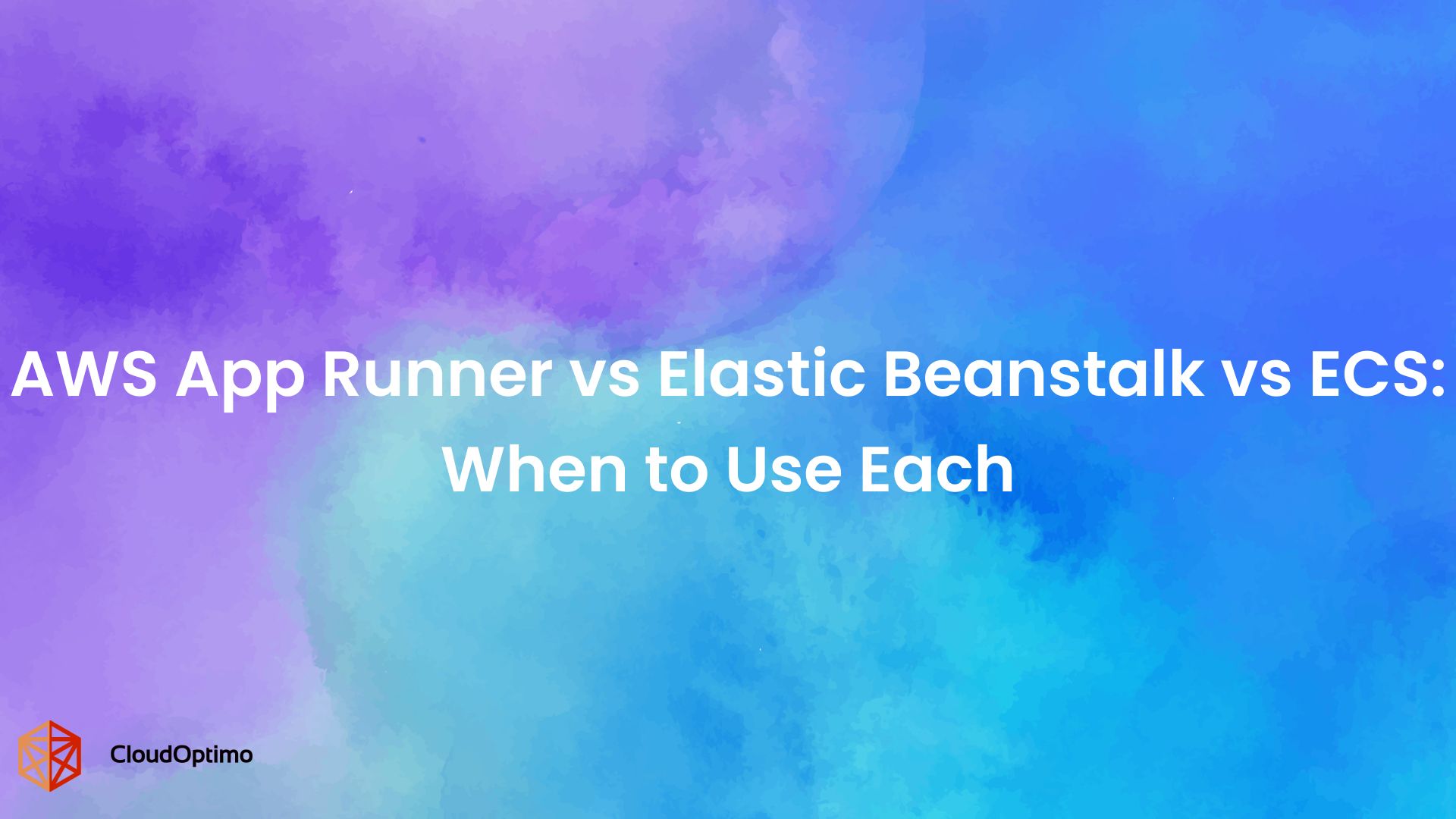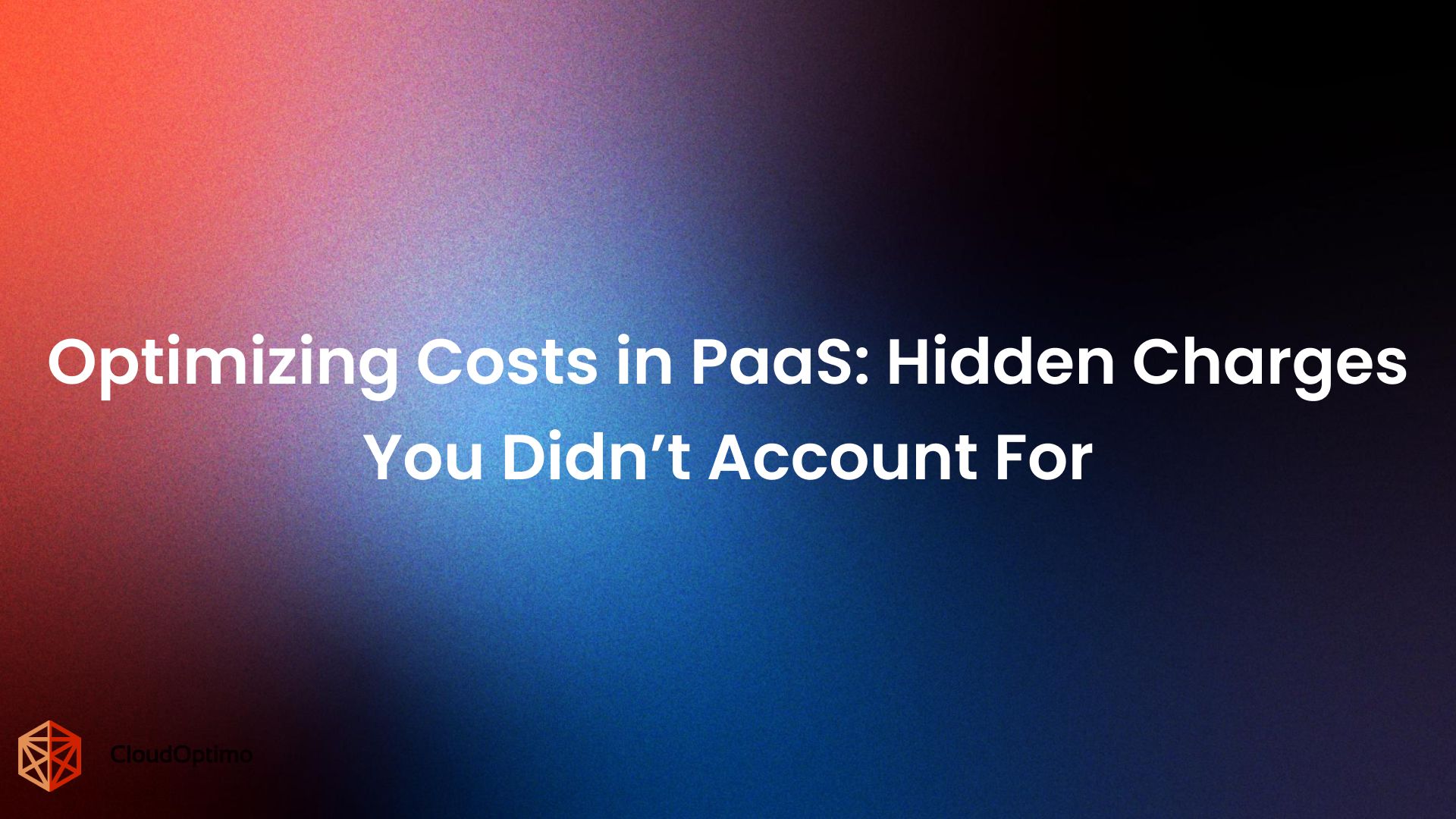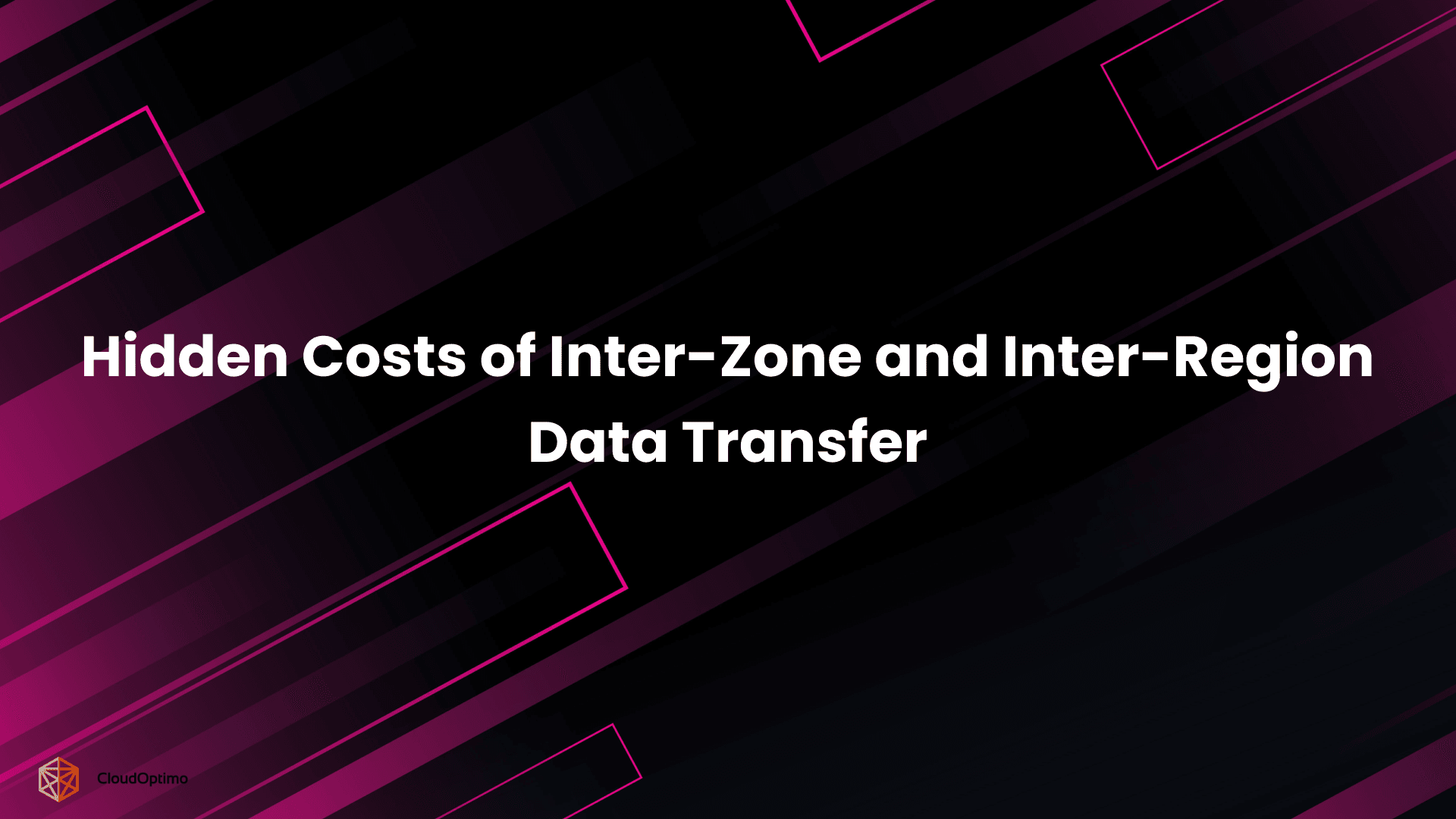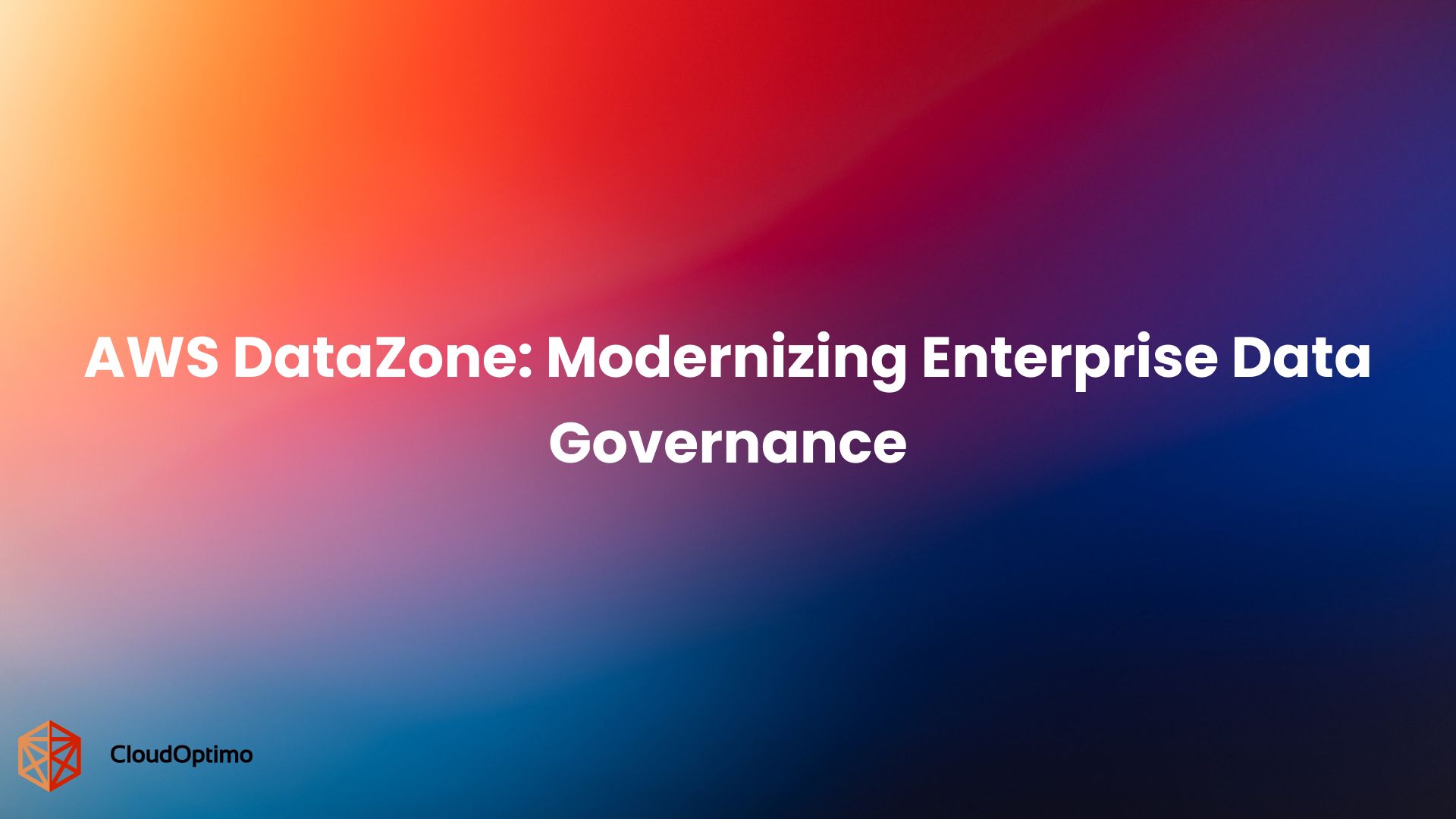Autoscaling: A Promised Solution That Often Increases Costs
Autoscaling was supposed to be the silver bullet for cloud efficiency. Provisioning more resources during high demand and releasing them when demand falls. In principle, it promised both performance and cost control.
In practice, many organizations are encountering the opposite. Cloud costs continue to rise, even as workloads fluctuate. Because their autoscaling setups scale up fast, but scale down painfully slowly. The result is a phenomenon where autoscaling transforms from a cost optimization tool into a cost multiplication factor.
The Scaling Paradox: Performance Stability vs Cost Efficiency
Autoscaling is intended to maintain performance by provisioning resources in response to demand. This works well during traffic surges - applications remain responsive and service continuity is preserved.
Effective Scale-Up Behavior
Most autoscaling configurations are tuned to scale up quickly. They monitor core infrastructure metrics such as CPU utilization (e.g., >70%), request rates (e.g., >500 RPS), or memory usage. When thresholds are crossed, new instances are launched with minimal delay.
In practice, this approach ensures that web servers, backend APIs, or worker queues maintain throughput during load surges. For example, an e-commerce platform may scale from 10 to 30 application instances within minutes during a flash sale, preserving response times and transaction success rates.
However, aggressive scale-up can also introduce challenges. If traffic spikes are short-lived or unpredictable, rapid scaling can overshoot actual demand, leading to resource inefficiencies. Additionally, new instances may experience warm-up lags - time delays before they become fully operational impacting performance briefly even after scaling has occurred.
Ineffective Scale-Down Mechanisms
The problem appears after the traffic spike ends. Most autoscaling configurations include cooldown periods (e.g., 5–15 minutes), conservative scale-down thresholds (e.g., CPU <30%), and minimum instance counts (e.g., baseline of 10 instances). These settings are intended to prevent rapid scale-in and avoid performance volatility.
However, in real-world scenarios, this often results in unused capacity remaining online long after it is needed. For example:
- A media streaming service that scales up due to CPU spikes from encoding jobs but fails to scale down promptly, as memory thresholds remain above limits and cooldown timers delay action.
- A payment gateway using queue depth as a scaling trigger, where long-lived background workers remain active even after the queue is drained, because the system doesn't detect the change immediately.
In both cases, the application runs at 30–50% of its peak capacity for hours without demand to justify the cost. While this conservative behavior is intentional, the financial implications can be substantial. Leaving 40% idle capacity across a fleet of instances doesn’t just waste resources it can easily double monthly infrastructure spend, especially in large-scale environments where every instance-hour adds up.
Root Causes of Autoscaling Inefficiency
While autoscaling frameworks offer flexibility, their default behavior often leads to inefficiencies. These inefficiencies are usually the result of specific configuration patterns and operational blind spots that persist in production environments.
- Fast Scale-Up, Slow Scale-Down
Autoscaling policies are designed to avoid performance risk. Scale-up thresholds are set aggressively so that additional capacity is added as soon as demand rises. However, scaling down is treated with more caution. Delays are introduced through cooldown periods, fixed minimum instance counts, or overly strict termination logic.
For example, a real-time analytics platform configured a 10-minute cooldown and a floor of 20 instances even though demand dropped to baseline within 15 minutes. As a result, 40% of their cluster remained underutilized for several hours each day.
The outcome is excessive resource retention during low-demand periods, directly increasing hourly compute costs.
- Inadequate Use of Application-Level Metrics
Scaling decisions are often based solely on infrastructure metrics like CPU and memory usage. These metrics provide limited insight into how an application actually performs under different load conditions.
A customer support platform using only CPU thresholds missed scaling triggers during high ticket volumes because backend workers were blocked on I/O operations, not CPU. Adding queue depth and request latency as scaling inputs revealed that the platform needed different instance profiles and scale-out logic.
Without workload-specific metrics, scaling policies fail to reflect actual usage patterns, leading to poor performance or over-allocation.
- Outdated Scaling Thresholds
Scaling thresholds and instance limits are frequently set during initial deployment and left unchanged. As application behavior evolves, these static configurations no longer reflect real-world demand or performance boundaries.
A financial services team discovered that their production workload had shifted from CPU-bound to memory-intensive due to changes in data processing logic. However, their scale-up policy was still based on CPU, leaving memory saturation undetected during peak hours.
Outdated scaling policies allow inefficiencies to build over time, misallocating resources across dynamic workloads.
- Limited Monitoring and Visibility
Most autoscaling decisions are automated, but few teams have observability into when and why scale actions occur. Without clear visibility, it's difficult to identify misfiring policies or correlate resource allocation with application behavior and cost impact.
A digital advertising platform noticed erratic scaling patterns in one of its ad bidding services. After introducing detailed scaling logs and visualizations, the team discovered that a test endpoint receiving synthetic traffic was triggering scale-ups, inflating costs without adding value.
Inadequate visibility delays detection of wasteful scaling behavior and undermines cost accountability.
Detecting Inefficiencies in Your Autoscaling Strategy
Identifying where autoscaling fails requires looking at how resources, costs, and performance align with actual demand. The following checks highlight common signals of inefficiency.
Analyze Resource Utilization
Look at how efficiently your provisioned resources are being used over time. Sustained underutilization usually signals inefficient scaling.
- Are average CPU or memory usage levels below 50% for extended periods?
- Do provisioned instances remain active even after the load has decreased?
- Are instances consistently maintained at levels far above typical workload requirements?
If idle capacity consistently exceeds 40–50%, your scale-down thresholds or cooldown periods may need reconfiguration.
Review Cost and Demand Patterns
Compare actual usage demand with resource spend. Discrepancies between the two often reveal hidden inefficiencies.
- Do infrastructure costs remain high even during off-peak hours?
- Are there periods where resource costs increase without matching growth in user activity, transactions, or request volume?
- Are you paying for persistent overhead that doesn’t align with business demand?
If cost patterns do not follow business usage, scaling policies are likely to overshoot requirements.
Measure Performance at Current Scale
Determine whether resource levels are calibrated to actual performance needs. Over-provisioning often goes unnoticed when baseline performance is already acceptable.
- Is application performance (e.g., response times, error rates, latency) stable even when utilization is higher?
- Can the system operate effectively with fewer instances without breaching service thresholds?
- Has resource allocation been validated under load conditions that reflect real usage?
If performance remains unaffected after a 20–30% reduction in resources during testing, more aggressive scale-down policies may be possible.
Strategies to Improve Autoscaling Efficiency
Improving efficiency requires more than fine-tuning thresholds. Strategies should address both short-term behavior and long-term demand, combining reactive adjustments with predictive and architectural improvements.
- Reactive Policy Adjustments
Review scale-down thresholds and cooldown timers to reduce idle capacity without risking performance. Ensure policies allow resources to shrink once demand has stabilized.
Better alignment between active demand and resource allocation.
- Predictive and Scheduled Scaling Models
Use predictive models trained on historical data to anticipate demand spikes. For recurring traffic cycles, apply time-based scaling rules that provision or release resources ahead of known patterns.
Smoother scaling behavior and reduced reliance on emergency scale-ups.
- Multi-Metric and Business-Aware Scaling
Combine infrastructure metrics (CPU, memory, network traffic) with business metrics such as transaction rates, queue depth, or active sessions. Multi-metric scaling creates a more complete picture of load.
Scaling decisions that mirror actual workload characteristics, not just server utilization.
- Instance Optimization Techniques
Choose instance types and sizes that align with application behavior, and consider cost-efficient options such as spot or reserved instances where appropriate.
Impact: Lower baseline costs while maintaining capacity for scaling events.
- Container-Level Scaling Optimization
Leverage orchestration features such as horizontal pod autoscaling or cluster-level scaling to distribute load efficiently. This enables finer-grained adjustments and reduces the risk of over-provisioning.
Greater elasticity and reduced overhead in containerized environments.
Cross-Functional and Organizational Considerations
Autoscaling inefficiencies are rarely caused by infrastructure alone. Configuration choices, cost visibility, and ownership models across teams all influence how scaling behavior impacts financial and operational performance.
Collaborative Ownership Across Teams
Optimizing autoscaling requires coordination between engineering, infrastructure, and finance functions. Each team owns a different part of the equation:
- Development teams define application logic and performance requirements.
- Operations teams manage resource provisioning and policy enforcement.
- Finance teams track usage-based costs and spending trends.
Regular cross-functional reviews help surface misalignments between application behavior, scaling triggers, and cost outcomes. Shared visibility into performance metrics and cost data ensures decisions are made with full context, not in isolation.
Aligning technical and financial stakeholders leads to more accurate scaling configurations and fewer missed inefficiencies.
Cost Accountability and Allocation Models
Autoscaling costs must be traceable to the teams or services that generate them. Without this, inefficient configurations remain hidden from those responsible.
- Use cost allocation tags to attribute infrastructure usage to specific teams, applications, or services.
- Build reporting views that display scaling-related spend alongside team-level metrics, such as request volume or resource usage.
- Encourage teams to review their own cost-impact reports as part of sprint or release cycles.
Assigning costs to teams directly increases ownership of scaling efficiency and promotes cost-aware engineering decisions.
Centralized Documentation of Scaling Policies and Decisions
Scaling policies are often changed reactively and without context. Without structured documentation, it becomes difficult to evaluate past changes or replicate what works.
- Maintain a centralized record of scaling configurations, including metrics used, threshold values, cooldown logic, and exception cases.
- Document the business or technical rationale behind changes to scaling policies, such as performance issues, cost anomalies, or usage spikes.
- Capture post-event reviews of scaling outcomes - what worked, what didn’t, and what was adjusted.
A well-maintained history of scaling decisions improves long-term optimization and reduces configuration drift across teams.
Roadmap for Implementing autoscaling Optimization
Improving autoscaling outcomes isn't about isolated technical changes, it's a structured shift in how teams assess, tune, and govern scaling behavior. The path forward involves three focused stages.
- Assess Current Scaling Behavior
Start with clarity. Identify where current scaling behavior diverges from actual demand. Use recent data resource usage, scaling events, and cost trends to uncover patterns of persistent over-provisioning or delayed scale-downs.
The goal of this phase is to build a clear picture of which services need attention and where the highest cost-impact gaps exist. This becomes the reference point for all optimization efforts.
- Optimize and Validate Policies
With visibility in place, shift focus to policy refinement. Adjust scale-up thresholds, cooldown periods, and instance floor counts based on observed application behavior, not default templates.
Test updated configurations in non-critical environments, then roll out gradually. Prioritize low-risk services first. The focus is on right-sizing, not just for performance, but for cost alignment as well.
- Implement Advanced Techniques
Once reactive tuning is complete, introduce forward-looking strategies. Use predictive models for workloads with repeatable demand cycles. Incorporate business-level metrics such as request rates, user activity, or queue depth to trigger scaling events with higher accuracy.
Build ongoing visibility into scaling impact through cost attribution, shared dashboards, and policy audit trails. Optimization becomes continuous when scaling behavior is reviewed alongside performance and spend not in isolation.
Prioritizing Actions for Effective Implementation
Start with the simplest changes that deliver measurable savings. Adjust scale-down thresholds, shorten cooldown periods, and review minimum instance counts these often produce quick wins without risking stability.
Next, focus on services with clear and predictable demand patterns. These are easiest to optimize and provide early evidence of success.
Finally, define performance boundaries that balance cost and user experience. Make sure every scaling decision is tied to a service-level goal, not just an infrastructure metric.
Autoscaling efficiency is achieved by combining these low-risk adjustments with continuous review. Small, deliberate changes compound over time, turning scaling from a background process into a predictable, cost-aligned practice.





